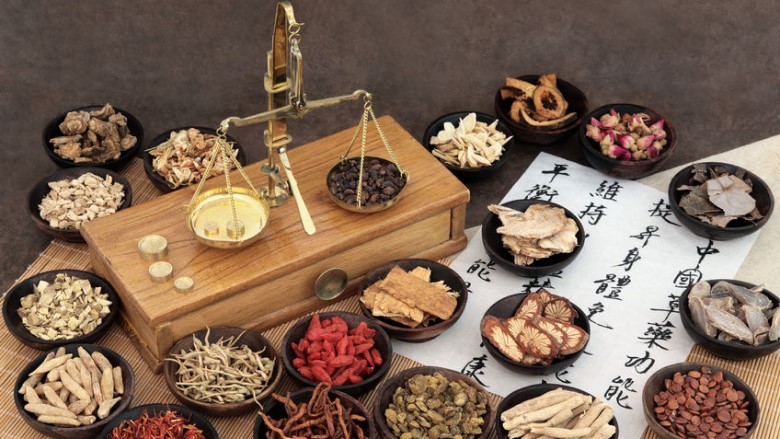While strolling around Sheung Wan today, I came across many people shopping for Chinese New Year. The streets were busy not only because of the festive season, but also because according to Chinese tradition, autumn and winter are considered the best time to consume tonics. Food therapy has a long history in the Chinese culture while traditional tonics such as dried seafood and herbal medicines are best known for improving health and wellness.
Tonic food such as Chinese Cordyceps (caterpillar fungi), lurong, ginseng, fish maw and bird’s nest, which are typically regarded as highly nutritious are rather expensive and not for everyone. Take Chinese Cordyceps for example, it costs over ten thousand dollars for just one tael.
Tonic food shopping tips
In fact, the nutritional benefits and price of tonic food is not proportionately correlated. Everyday food come with smaller price tags and can be just as nutritious and good for health. For example, both dried Huaishan or Chinese yams (a few dollars per tael) and Chinese Cordyceps (costing more than ten thousand dollars per tael) can both strengthen kidneys and lungs. The collagen content of the highly affordable snow fungi is just as rich as that of the prized sea cucumber and bird’s nest which are touted to improve the skin and complexion. For building strong bones, duzong is a budget-friendly sustainable food option and just as protein-rich as lurong.
Below are some tonic food shopping tips:
1. Purchase from reputable shops
If the typically pricey dried seafood or herbs are sold at an exceptionally low price, stay clear. For outsiders or those with limited knowledge of tonics, it is difficult to tell whether they are authentic or not. To avoid fake goods, it’s best to buy from reputable shops or those recommended by friends or relatives. Buying fake goods does not only bring monetary losses, but also damages to your health if consumed.
2. Pay attention to measurement
Many shops use pricing tactics to attract customers, and it is easy to be confused by the various measurements. Pay attention to the unit of measurement such as catty, tael and mace and familiarise yourself with the conversion. Some shops may purposely put the unit in fine print Even if the goods are said to be measured in tael, the “unit price” can be 4 taels or 6 taels. Be on the lookout for any pricing tricks.
3. Ask for details before buying
There’s no need to make any purchase before you fully understand the price and quality of the goods. Do not let the shopkeeper slice or grind the tonics into powder the goods before you pay.






